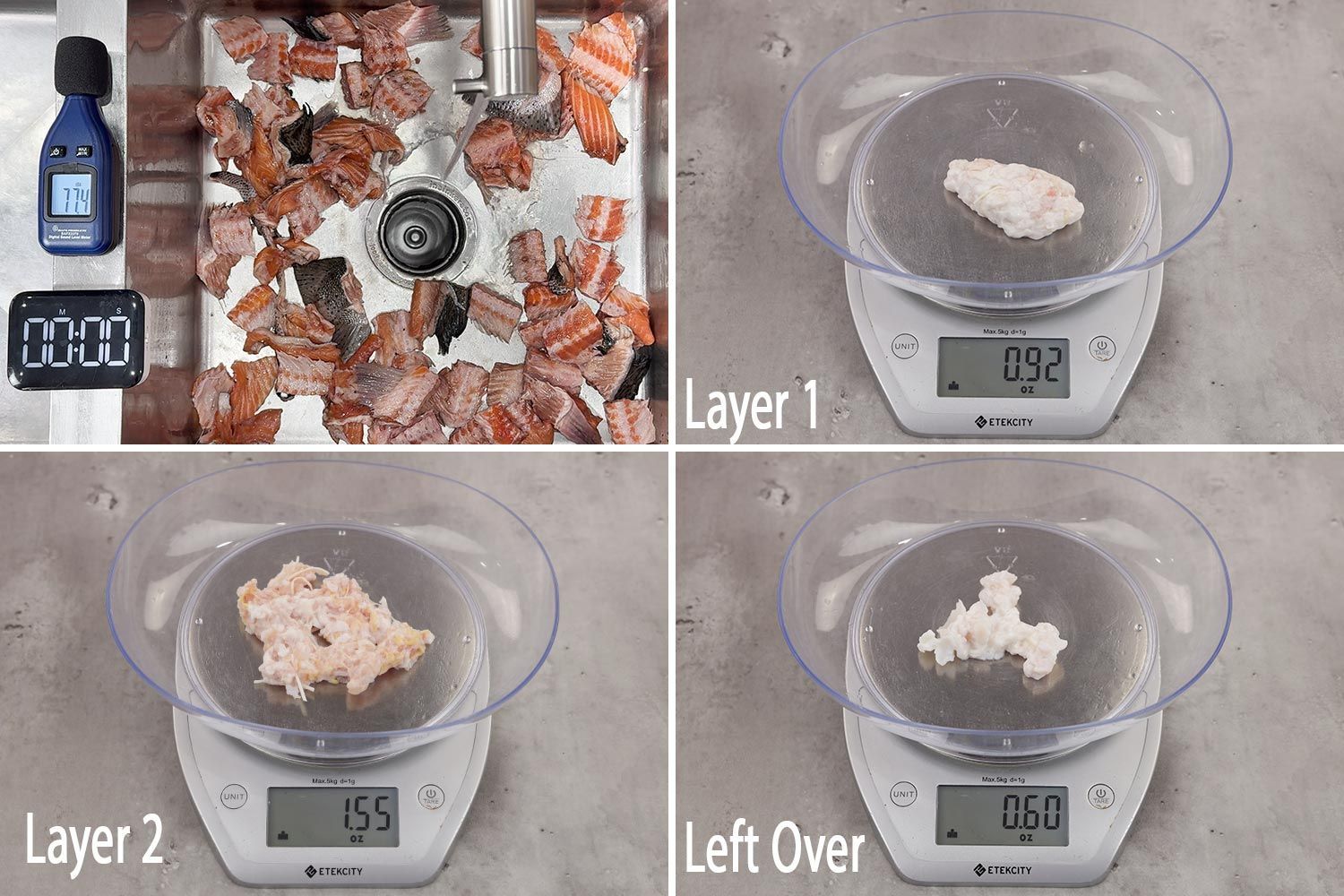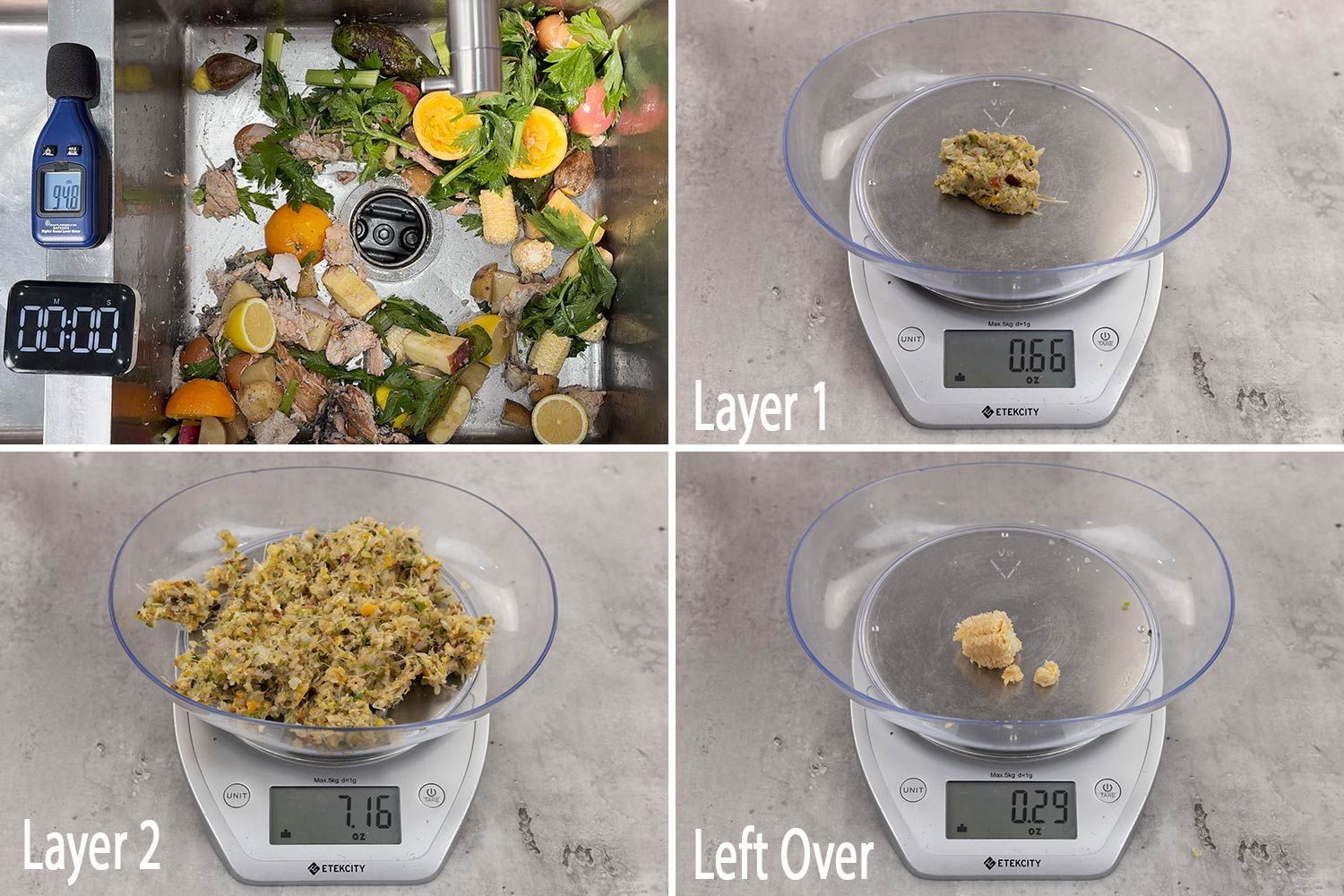Our recommendations are made independently. We may receive commissions from purchases made via our links.
How We Test Garbage Disposals v1.1
Testing performance, inspecting details and evaluating usability are ways we can tell whether or not a garbage disposal is worth the money.
Despite its popularity, the true capabilities of garbage disposals are still not well documented.
On the surface, they are straightforward pieces of machinery: You power them up, flush your garbage down, and wait for them to finish grinding everything to bits. One thing, however, remains vaguely discussed: what exactly can these machines handle?
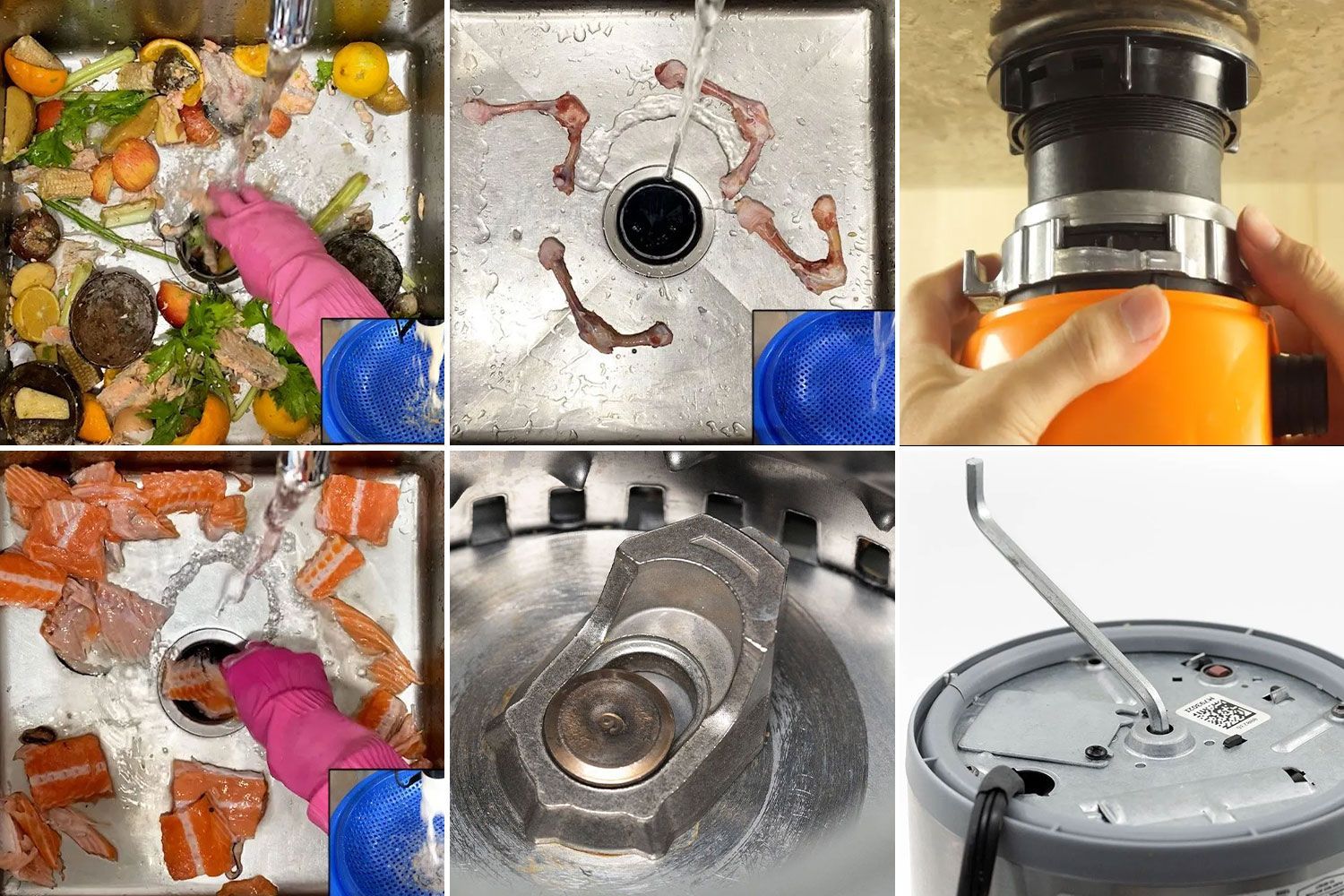
In an effort to put the question to rest, we purchased a number of garbage disposals from different brands and manufacturers just to put them all to the test. We were able to not only make a comparison of the whole collection but also document how well each model works. We dive into their designs and configurations as well to find out what affects their performance.
Overall Ratings
The overall ratings are meant to give our readers a quick look at which products are worth further research. It gives you a broad idea of how smoothly they operate, how well they’re built, and whether or not they are easy to use.
These final ratings are composites of separate category scores, with Performance making up 60% and Design 25%. The remaining 15% comes from Usability, which evaluates aspects that have an effect on our experience using the products.
Under each of these three major categories are subcategories to help further differentiate good garbage disposals from the rest. Each subcategory contributes a proportion that later on adds up to the main category. To evaluate Design, for example, we put our attention on Build Quality, Motor Quality, and Grind Chamber Quality.
Our Setup
Initially, we intended to run all of our tests in actual kitchens. The notion, however, turned out impractical due to the restricted space that impedes important data. So our team opted instead for a custom sink that fits in our lab, giving us sufficient room for the entire process in general and maneuvers during difficult tests in specific.
The frame counter and the sink is made of 24-gauge stainless steel, from legs to the basin. For a little more weight and stability, we fixed each of the legs with 17.5 pounds worth of cement, totaling 70 pounds added to the setup. The whole thing is essentially a heavy-duty portable kitchen counter.
Performance (60%)
All garbage disposals in our collection undergo a total of three tests that sum up their performance. We tailor each test to highlight certain aspects of functionality needed in a typical kitchen, then rate all candidates on a scale of 1–10 by assessing the data we collected.
Performance scores consists of subcategory scores from Scrap Mix Test (60%), Raw Chicken Scraps Test (20%), and Raw Fish Scraps Test (20%).
1. Scrap Mix Test (60%)
With the Scrap Mix test, we focus on how effectively the disposals handle a given amount of food. The mixture combines materials that are often tossed away, whether it’s scraps from preparation, leftovers after a meal, or old foods. They range from tough scraps like avocado pits or chicken bones to infamous wildcards like corn cobs or fibrous celery.

Aside from variety, we also control the volume of the input load. On one hand, this is done to highlight the disposals’ holding capacity; on the other hand, we want to make sure that no product benefits from biased advantages and that they all receive their fair share of challenges.
Although the test proves trying at times, it ultimately provides useful information. We’re able to rank the garbage disposals with confidence thanks to their different performances, the difficulties that they encounter, and the strengths of their features.
The Scrap Mix Test is important, so it makes up 60% of the Performance rating.
2. Raw Fish Scraps Test (20%)
In case you didn’t know, manufacturers actually recommend grinding animal bones as a way to clean the grinding chamber of a garbage disposal. We include chicken and fish bones in our Scrap Mix test, but they are all cooked. Here, we let the garbage disposals pit their cutters against raw materials.
Fish are bony and tricky to deal with. They have lots of thin bones that may slip through the grinding chamber without breaking up much, and we don’t want those bones to accumulate in the pipes and start clogging the system.
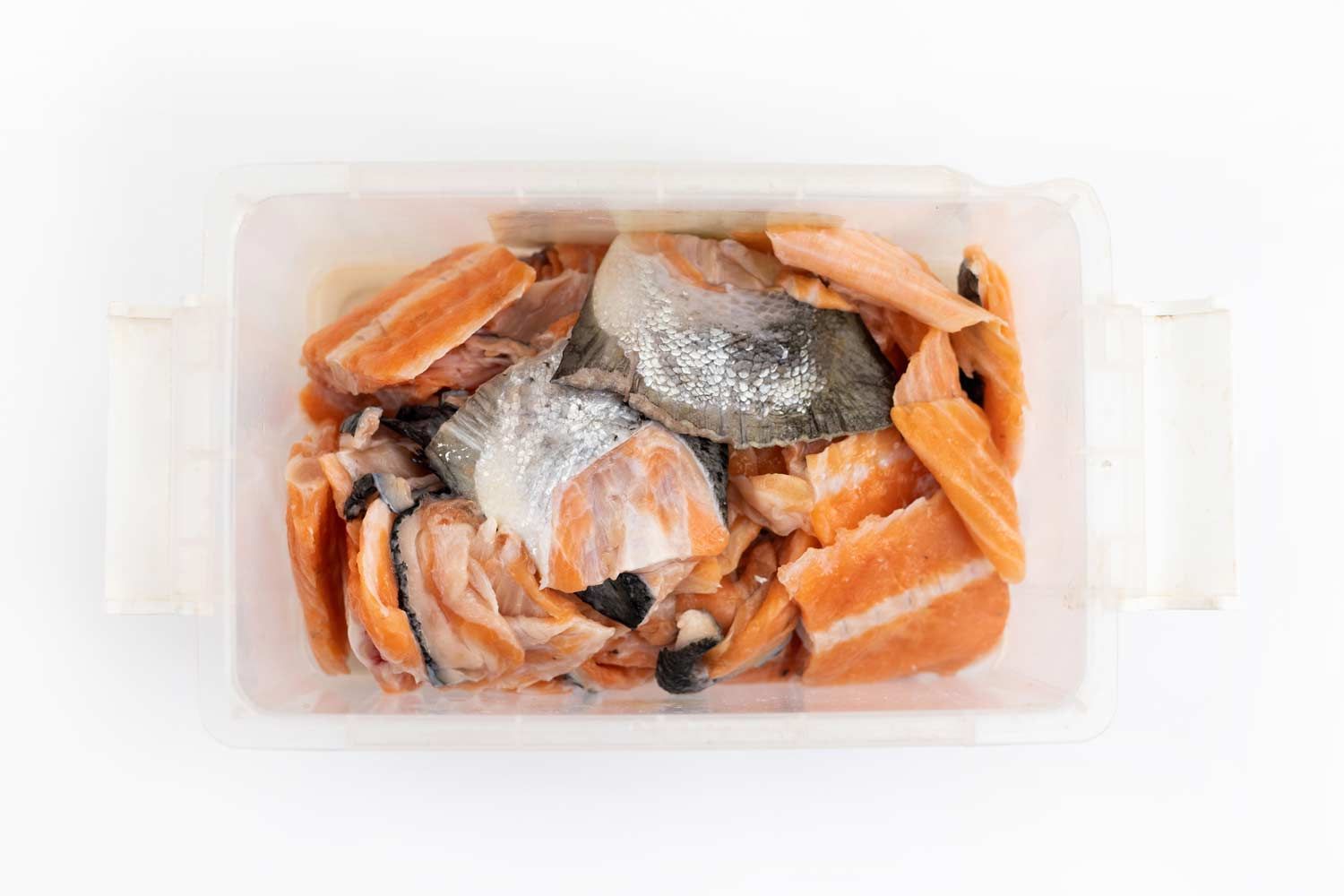
The test uses two sets of salmon remains (minus the head) that have had most of their meat removed. Aside from the bones and tails, there’s also leftover skin and fins, which adds to the challenge.
The Raw Fish Scraps Test is responsible for 20% of the Performance score.
3. Raw Chicken Scraps Test (20%)
Chicken bones are another common leftovers in the kitchen. This test is designed on the same ground as the Raw Fish Scraps Test as it takes on manufacturers’ claims about processing animal bones.
Specifically, each product will take a shot at processing bones from chicken thigh after deboning. We’re talking bones, skin, tendons, and cartilage. If you’ve tried cutting those when they’re still raw and fresh, either with knives or scissors, you know how tough they can be.
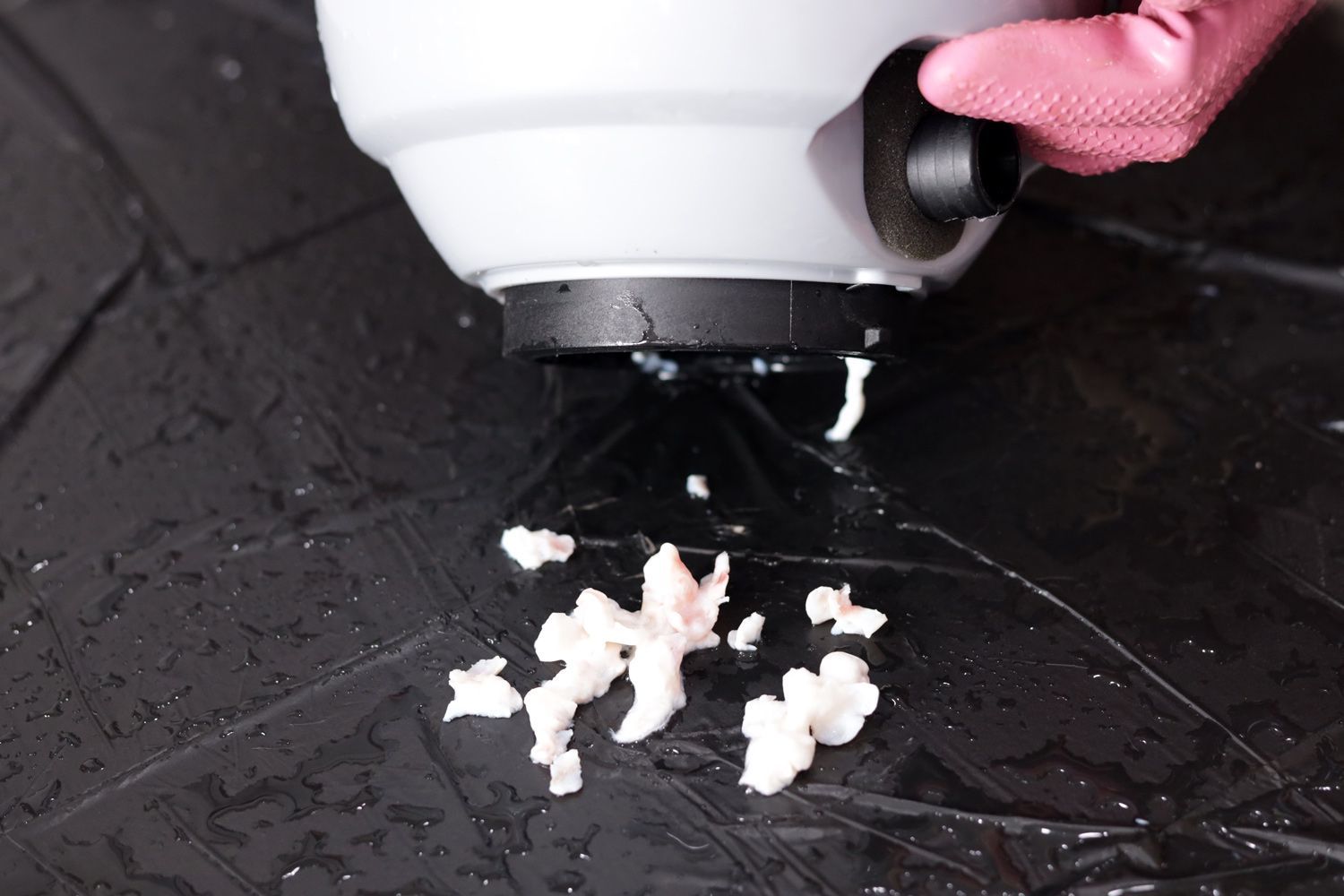
However, that toughness is the point as it helps lay out the true capabilities of these machines, from low to high horsepower ratings, while putting advanced shredding/grinding mechanics to the test at the same time.
The Raw Chicken Scraps Test accounts for the last 20% of the Performance scores.
Design (25%)
If performance testing answers the question “Does it work”, studying design helps provide a better view on “How does it work”. A garbage disposal with a sturdy grind assembly, capable motor, and quality craftsmanship will always deliver more satisfying results and minimize maintenance requirements.
Our Design scoring focuses on Build Quality (40%), Motor Quality (30%) and Grinding Assembly (30%).
1. Build Quality (40%)
Here, we take a close look at the details that make up these machines, both outside and inside.
For appliances that use powerful motors such as these, a strong and solid framework is crucial. Disposals with better noise insulators and vibration isolators also relieve unwanted stress from the kitchen space. Flimsy builds pose both malfunction risks and safety hazards.
Quality interior components are just as pivotal to an overall satisfying experience since the efficiency of the grinding process decides the speed. If parts are crafted, lubricated, and assembled with care, these machines will only run smoothly.
We allocate Build Quality assessment 40% of the Design score.
2. Motor (30%)
To evaluate motors, we concentrate on the speeds they deliver as it affects the chance of jamming. Speed is measured in revolutions per minute (RPM), and the higher the RPM, the less likely the chamber is to jam.
We used a laser tachometer to capture the velocity of the flywheel inside the chamber. For preparation, we run each machine for 30 seconds to warm it up. Then, each one is measured a total of five times continuously (when they’re not processing anything) before we average out the results.
Much to our surprise, the numbers that we collect are different from the printed figures. Take the Green Disposall from GE Appliances for example: In contrast to the 2600 RPM listed by the manufacturer, our numbers actually ranged from 4544 to 4615 RPM. The same goes with the Badger 5 from InSinkErator, with 1475-1482 RPM captured as opposed to its advertised 1725 RPM.
Another factor in our motor evaluation is heat. All garbage disposals have fail-safe mechanisms in the form of circuit breakers, triggering when their motors overheat. So, it is a real problem if motors run hot too quickly and overheat too frequently. Not to mention that too much heat can damage internal seals.
Our team allocates 30% of the Design score to Motor Quality.
3. Grind Chamber (30%)
By any measure, the grinding chamber and its components play a critical role in how well food waste disposers pulverize garbage.
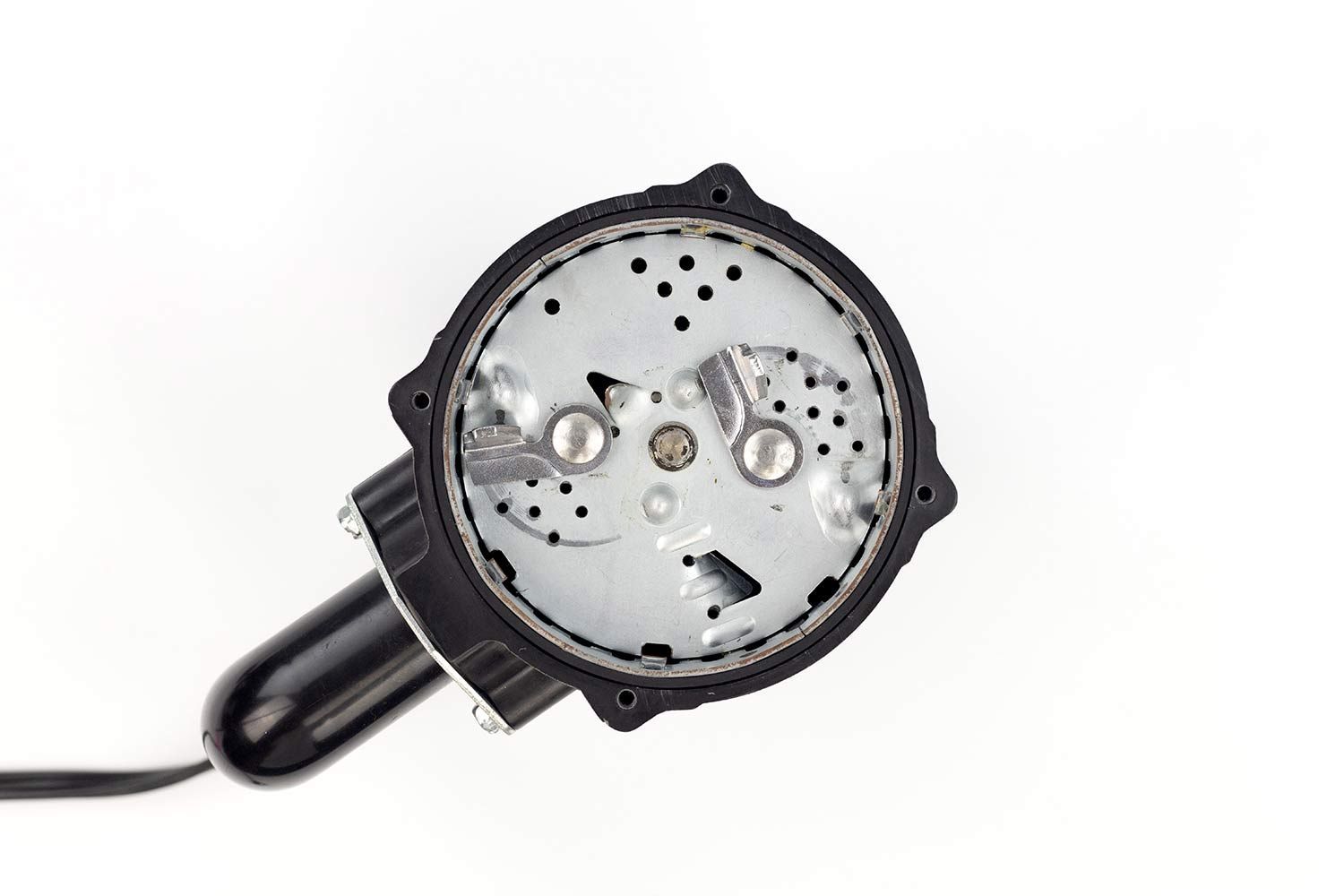
Surprisingly, close inspection reveals that many of these machines share nearly identical grind assemblies and motors, despite being from different brands. This partly explains the similarities in the performance data we collected.
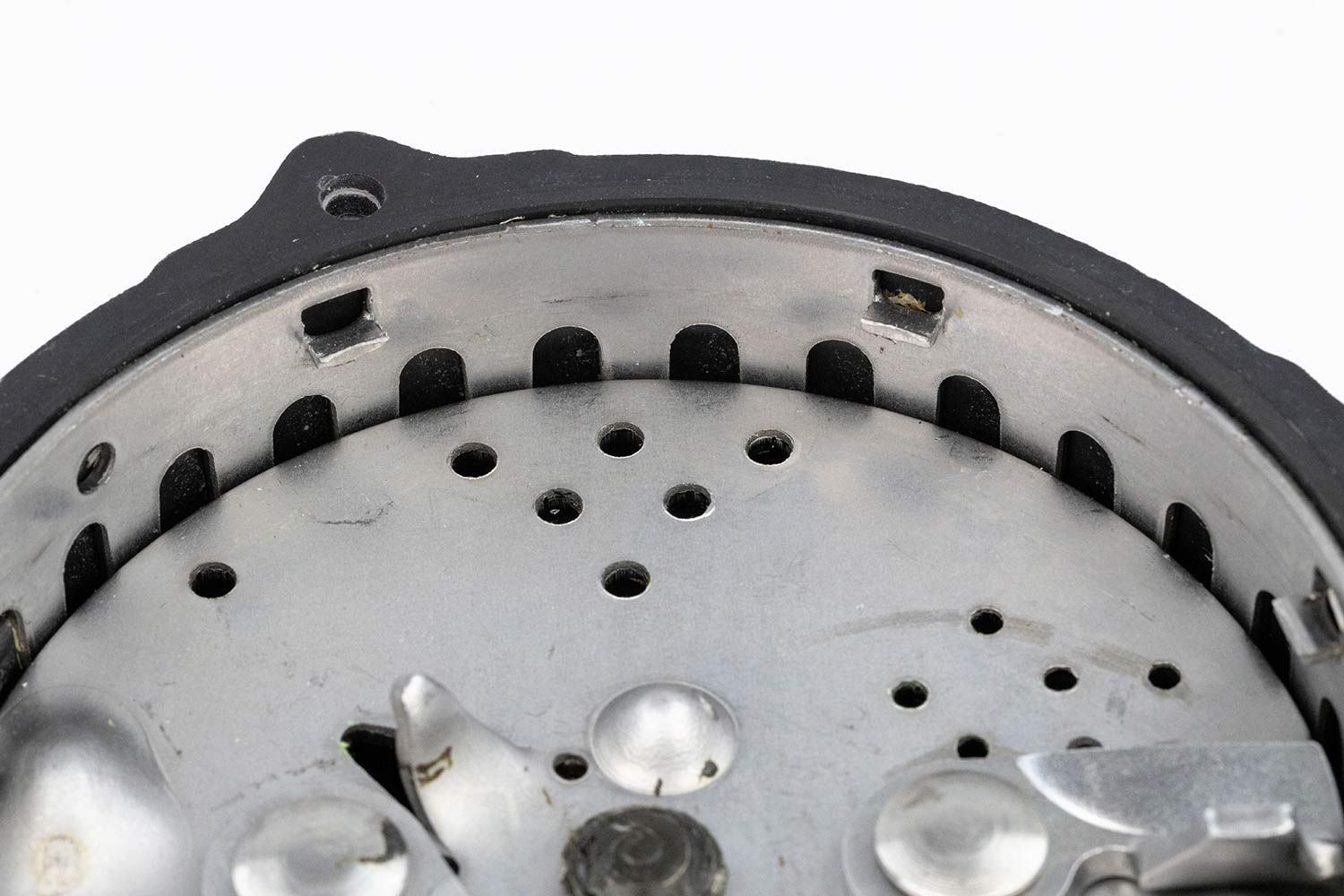
For assessment, we also consider the durability of internal parts. A grinding assembly made of strong and corrosion-resistant stainless steel will last and stay sharp for longer than galvanized steel, which has weaker properties.
Evaluating Grind Chamber Quality accounts for the final 30% of Design.
Usability (15%)
In the grand scheme of things, there are aspects of garbage disposals that may alter users’ experience other than the quality of their design and grinding performance.
Usability consists of Installation (30%), Ease of Use (40%), Smooth Operation (25%), and the integration of External Unjam Mechanics (5%).
1. Installation (30%)
For DIY folks like us, a simple setup process has great value.
In the case of garbage disposals, the total weight and the dimensions are worth paying attention to. Of course, a little weight or bulk isn’t necessarily a bad thing, as long as those figures are put to good use and you have the necessary space.
The mounting system is another thing to keep in mind. In our experience, it’s much easier to assemble an EZ Mount system than the more complex 3-Bolt design. You can set up the EZ system using only your hands whereas the 3-Bolt requires at least a screwdriver. You can try installing the 3-Bolt completely by hand if you know what you’re doing, but it’s nonetheless challenging.
Also, standard versions of some disposals don’t have power cords. You may have to buy a power cord kit separately or recycle an old cord and install it yourself. If you’re handy, running electrical wires is not much of a problem. However, it does require certain knowledge and experience.
Installation amounts to 30% of the Usability score.
2. Ease of Use (40%)
When herding food down the drain where the disposal is grinding, everything that can facilitate the process is a plus. For instance, the holding capacity of each model can determine how much garbage we can haul down the drain and how long we have to keep at it before we can stand back and wait.
Likewise, the distance from the flywheel of the chamber to the bottom of the sink can make a notable difference. The verticality allows for long and hard scraps, such as animal bones and long vegetable stalks, to fit under the splash guard without bouncing out of the drain.
From what we’ve observed, the more horsepower a disposal has, the larger it generally is, both in terms of capacity and depth. So naturally, stronger units are more appropriate for not just tougher but larger and chunkier loads.
It’s also worth noting that the mount assemblies, specifically the size of the collar and the use of removable splash guards, can also affect the experience.
For example, the sink flange of a 3-Bolt assembly is wider than that of an EZ Mount, giving it more flexibility. The same goes with the splash baffle. When you do remove the baffle when using the grinding, remember to pay attention to random bits flying out of the disposal—especially with tough scraps like bones.
Ease of Use comprises 40% of our Usability score.
3. Smooth Operation (25%)
The overall flow is important to any application. An appliance that runs smoothly makes everything safer and more comfortable. That’s why we are careful to note how things feel when we operate a garbage disposal, from the moment of installation to the very end of our testing processes.
Attributes that didn’t fall into previous categories find a place here. How easy is the product to assemble and mount? How heavy is it? Can one person install it alone? Do they need special tools? Is it obnoxiously noisy? These are all issues that better or hinder operation.
Because the scoring for this section is mainly based on how we feel about the product, there’s the obvious risk of bias. We do our best to keep things objective by collecting thoughts from the whole testing team rather than from the appointed reviewer. We also assign this section only 25% of the Usability score.
4. External Unjam Mechanics (5%)
Garbage disposals do tend to jam now and then, so you need a way to solve the problem, preferably safely. If a disposal lets you do so without reaching into the grind chamber, that’s a solid plus.
Jam-clearing features have become less common because contemporary designs are simply more reliable. Nonetheless, we don’t want to overlook good designs. So, the team agreed that the integration of unjam mechanics from the outside of the chamber deserves at least 5% in our Usability score.

